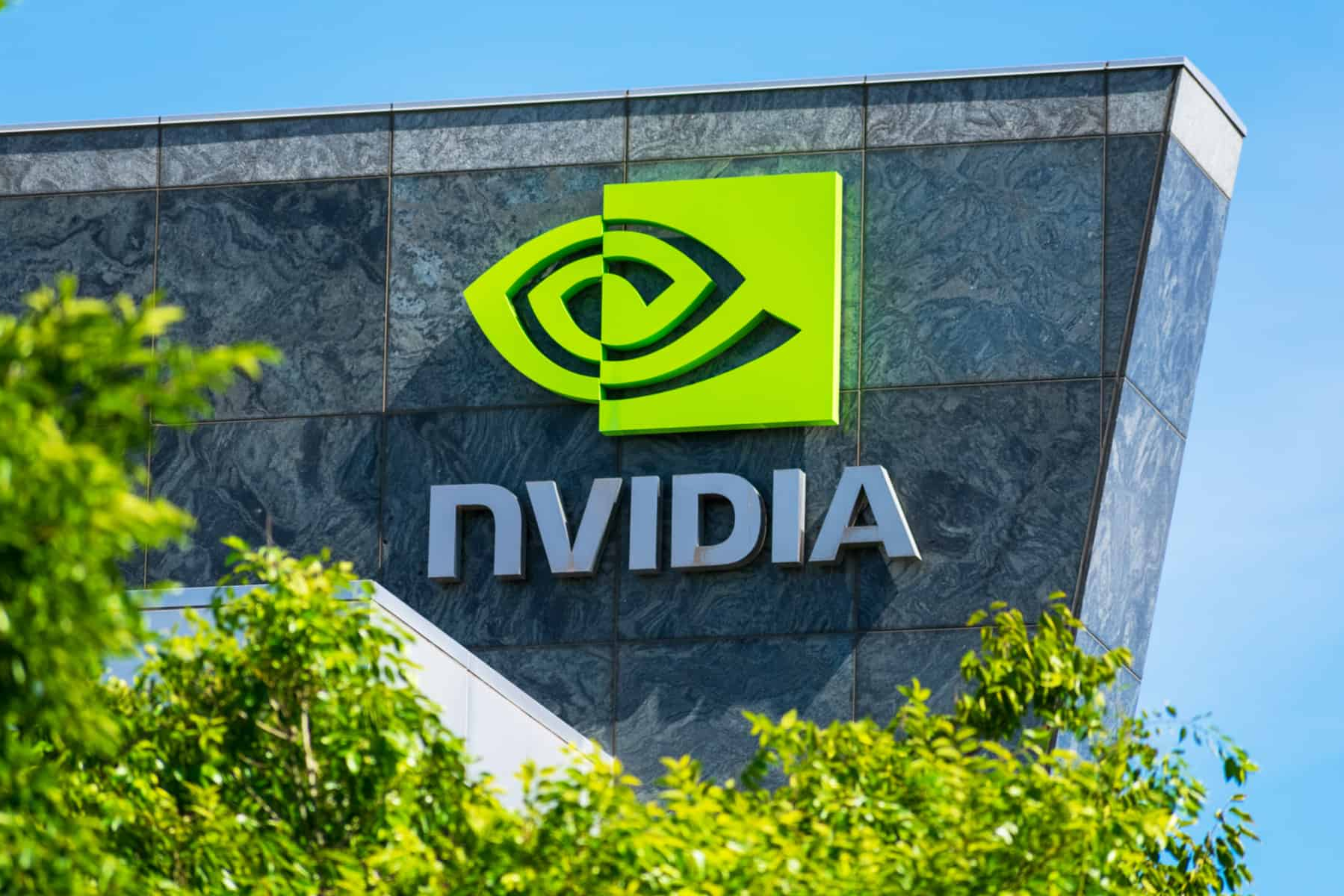NVIDIA Corporation, a prominent American multinational technology company, is headquartered in Santa Clara, California, and was incorporated in Delaware. Its primary focus lies in the production of high-end graphics processing units (GPUs) and application programming interfaces (APIs) for both gaming and professional visualization markets.

The company’s headquarters are situated in Santa Clara, California. NVIDIA Corporation has made significant contributions to the technology industry, particularly in the fields of high-end graphics processing units (GPUs) and application programming interfaces (APIs). These products are widely used in the gaming and professional visualization markets.
Establishment and Early Challenges (1993-1998)
In 1993, NVIDIA Corporation was founded by Jen-Hsun Huang, Chris Malachowsky, and Curtis Priem. Their vision was to create microprocessors that could enable full-motion video and stereo sound in personal computers. As a fabless company, NVIDIA didn’t have its own manufacturing plant for producing graphics processors, making access to advanced foundry capacity a challenge.
After securing a partnership with SGS-Thomson Microelectronics in the second half of 1994, NVIDIA was able to introduce its first multimedia accelerator, the NV1, in May 1995. This revolutionary microprocessor integrated GUI acceleration, wave-table synthesis, full-motion-video acceleration, 3-D rendering, and a precision game port into a single chip, allowing PCs to compete with video game systems.
The successful launch of NV1 attracted venture capital firms, Sequoia Capital and Sierra Ventures, who provided NVIDIA with its first round of funding. Additionally, a partnership with video game manufacturer Sega allowed NVIDIA to port some of Sega’s established video games from its 32-bit Saturn system to personal computers using the NV1 multimedia chip.
Growth and Recognition (1999-2002)
In January 1999, NVIDIA had its initial public offering (IPO), reporting significant revenue growth for the fiscal year ending January 31, 1999. The company continued to expand its product line and enter new market segments throughout 1999.
By mid-2000, NVIDIA faced strong competition from ATI Technologies Inc. and others but managed to introduce a series of successful products, including the GeForce2 MX for the mainstream desktop graphics market and the industry’s first mobile GPU for portable PCs, the GeForce2 Go.
In 2001, NVIDIA completed the development of the graphics chip for Microsoft’s X-Box, called GeForce3, and also entered the core logic market with the nForce line of chipsets. The company achieved record revenue and earned several awards during this period.
Challenges and New Technologies (2002-2003)
The year 2002 proved to be more challenging for NVIDIA. The company reported a drop in revenue and net income, partly due to a weakness in the PC market and a contract dispute with Microsoft over X-Box processor pricing.
Despite the challenges, NVIDIA continued to innovate, introducing the GeForce4 graphics accelerator, the Quadro4 family of GPUs for workstations, and NVDVD, a software-based DVD player/decoder. The company looked ahead to the introduction of its next-generation NV30 chip in 2003, which promised significant performance improvements.
Additionally, NVIDIA aimed to maintain its technological lead in the graphics market with the creation of Cg, a high-level 3-D language, and the acquisition of Exluna Inc., a graphics rendering company, to facilitate the use of Cg in the film industry.
Throughout its journey, NVIDIA experienced both successes and obstacles, but its dedication to advancing graphics processors and technologies kept the company at the forefront of the industry.
Key facts about NVIDIA Corporation:
- Founded in 1993
- Headquarters in Santa Clara, California
- CEO: Jensen Huang
- Products: Graphics processing units (GPUs), application programming interfaces (APIs), cloud-based services
- Markets: Gaming, professional visualization, artificial intelligence, data centers, autonomous vehicles
- Stock ticker symbol: NVDA
- Market capitalization: Over $600 billion
NVIDIA’s impact on the world:
NVIDIA’s GPUs have had a significant impact on the world. The company’s products are used in a wide range of applications, from gaming and professional visualization to artificial intelligence and data centers. NVIDIA’s GPUs have helped to accelerate the development of these technologies and have made them more accessible to businesses and consumers.
NVIDIA’s GPUs are also used in some of the most advanced autonomous vehicles. The company’s technology is helping to make self-driving cars a reality.
